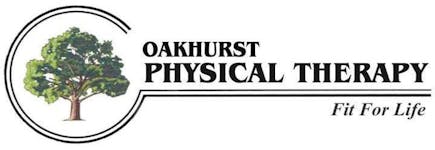Restore Flexibility
How can you stand up straight if some muscles are too weak and some too tight, joints are too stiff or too loose, or your breathing is restricted? Before you can stand up straight, the fascia (fibrous connective tissue which is found between the skin and muscle, around muscle bundles, fibers, and cells) needs to “give” enough to allow proper skeletal alignment. Sitting at a desk and driving are examples of daily positioning which allows the fascia and muscle in the front of our bodies to tighten up and loose flexibility. This fascial shortening may lead to back muscles which are weak, overused, and painful. Therefore, for a successful rehabilitation, mobility must first be restored to allow us to assume a good position and then we are able to strengthen the weak muscles.
Restoring Movement
We have strong manual therapy skills in assessment of joint function. Joints which are found to be too tight are mobilized using hands-on techniques (manual therapy techniques) to restore normal range of motion.
Restoring Posture
Our therapists are trained in the Postural Restoration approach to assess core alignment which focuses on diaphragm and pelvic position to create the foundation for optimal function. The diaphragm is the center of your core and it is often necessary to assess the tone of the diaphragm and breathing patterns. Pelvic alignment dictates the positioning and function of both the spine and the extremities. Once core posture is restored, postural habits can be changed. Our therapists then use other assessment and manual therapy techniques to restore individual joint and muscle functioning.
Restore Strength
Once joints are moving well, it is important to address the strength of the muscles which control this motion. Sometimes, a joint has full range of motion but the muscles are either too weak to move through the range or aren’t working well as a team to allow the joint to move through a full range without pain caused by impingement. Strong assessment skills of muscle function are used to discover individual weaknesses and dyskinesia. These problems are then addressed with muscle energy techniques to reduce tone, muscle re-education techniques to refine movement and strengthening programs to improve skill.
Refining Skill
Our therapists’ last job is to teach you how to control movement while generating the power necessary to move the body through space in order to perform work. This may be as simple as getting out of a chair and taking a walk or as complex as completing a triple axle on the ice rink or sprinting down a soccer field. Functional exercises are exercises which perform a task. An exercise program is quickly progressed from isolating weak muscles to strengthen them to using the whole body to complete a task.
